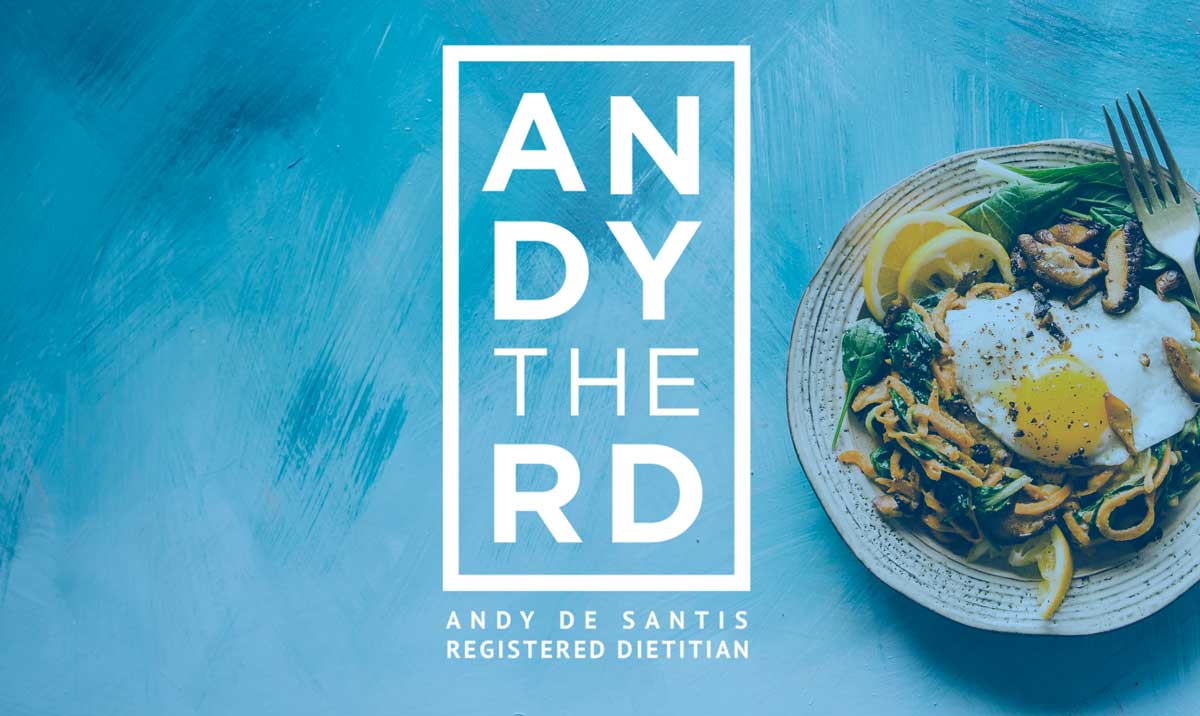Fatty Liver Disease is the most common liver health concern in North America with the latest estimates suggesting that 1 in 3 adults are living with a fatty liver.
Despite quite a rampant increase in its medical relevance, there is currently no pharmaceutical treatment option for this condition.
People living with a fatty liver have three primary ways to fight back:
1. Being More Physically Active
3. Strategically Using Supplements
I’ve spent a great deal of my time as a professional studying all aspects of preventing and managing fatty liver disease, including publishing a book on the subject matter and working with a large volume of clients on improving their liver test scores.
Resistant starch is a unique type of fibre supplement that has been demonstrated to reduce both insulin resistance and levels of unhealthy bacteria in the GI tract.
Insulin resistance and gut bacteria imbalances are two major contributors to fatty liver disease, so you can only imagine my excitement when the acclaimed Cell journal brought the science together in a study published earlier this month which demonstrated that resistant starch supplementation improved liver health in people living with fatty liver disease.
Let’s take a closer look at what they found.
Resistant Starch & Liver Health
There are four different types of resistant starch, the type used in this particular study is referred to as type 2 (sourced from corn in this study).
The type of resistant starch found in most commonly available resistant starch supplements is also type 2.
Keep in mind that type 2 resistant starch is very difficult to get in large amounts from commonly available foods and generally accessed in supplemental form.
Here’s What Was Done
There were just under 100 adults in both the control and experimental groups
The experimental group was provided 40 grams of a type 2 resistant starch supplement daily over a 4-month period.
Compared to the control group, the individuals provided the resistant starch supplement experienced a ~6% reduction in the amount of liver fat ( also known as IHTC).
There was also a decrease in a specific species of unhelpful bacteria Bacteroides sterocorsis which is commonly found in higher levels in those with more stored liver fat and higher liver enzyme levels.
Both liver enzymes and insulin sensitivity also improved in the resistant starch vs control group.




